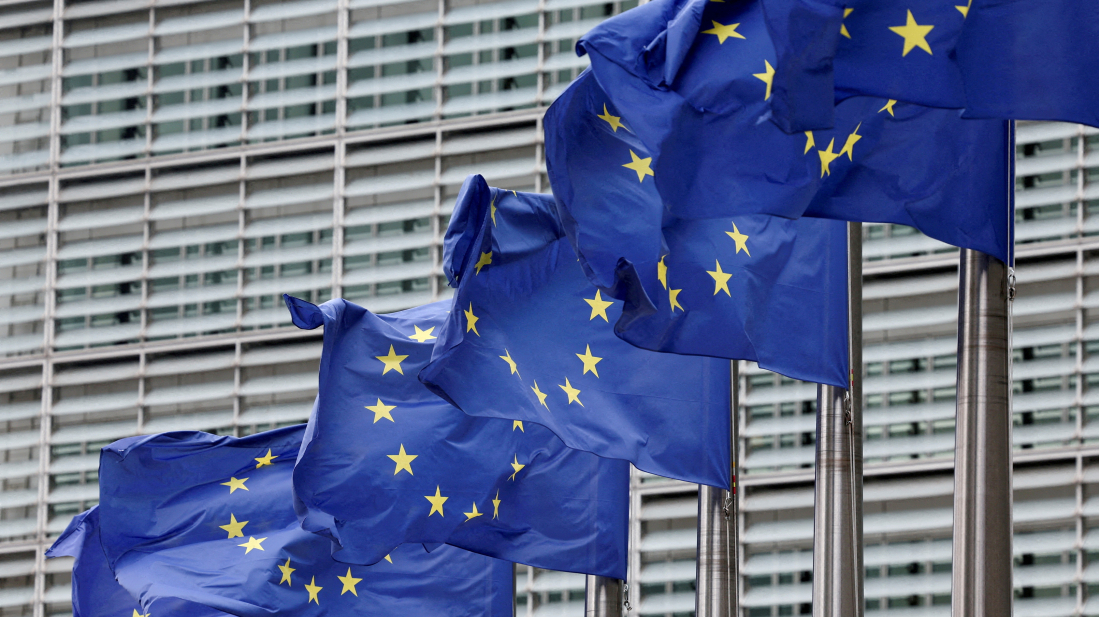India’s Goa launches inquiry after nightclub fire kills 25
Indian authorities have ordered a magisterial inquiry and promised financial support after a fire tore through the Birch by Romeo Lane nightclub in Ar...

The European Union’s next wave of enlargement, particularly involving candidate countries across Central and Eastern Europe, could prove decisive for the continent’s energy security and competitiveness.
Russia’s full-scale invasion of Ukraine exposed deep vulnerabilities in Europe’s energy systems, especially in Central and Eastern Europe. Yet, since those weaknesses were revealed, countries in the region have made significant progress in boosting their energy security and reducing dependence on Russian supplies. Major steps have been taken to build new liquefied natural gas (LNG) infrastructure, promote renewables, and expand cross-border connections, turning Central and Eastern Europe into the focal point of Europe’s energy transition.
As the EU prepares for the next enlargement round, it must carefully consider how to integrate its priorities on energy security and the green transition into the process. This enlargement could act as a catalyst for competitiveness, resilience, and geopolitical influence, or, conversely, deepen internal divisions and create new vulnerabilities.
Energy security must be prioritised
The EU’s upcoming seven-year budget, the Multiannual Financial Framework, presents a rare opportunity to strategically finance cross-border energy infrastructure, including in candidate countries. These investments are essential for a stable, integrated European energy market.
By prioritising energy security in the framework, Brussels can strengthen supply chains, accelerate market integration, and reduce economic risks for aspiring member states.
Ukraine’s role and transatlantic cooperation
As the EU moves toward admitting Ukraine, its energy integration must be accelerated. Doing so will enhance both Europe’s security and competitiveness.
Although much of Ukraine’s energy infrastructure has been destroyed by the conflict, reconstruction offers an opportunity to build cleaner technologies, decentralised grids, and critical interconnectors. The country’s vast gas storage capacity can bolster regional energy security, while cooperation with U.S. partners in producing new energy components could create jobs and drive innovation.
Transatlantic coordination will be key. U.S. expertise in nuclear technologies, particularly small modular reactors, and its financial mechanisms can speed up Ukraine’s integration into the EU’s energy system. Viewing Ukraine’s accession through the lens of broader energy reconstruction aligns Europe’s and Washington’s geopolitical and economic interests.
The 2040 test: enlargement and climate goals
As candidate countries move closer to joining, the EU must also assess how their energy integration will affect its emissions reduction strategy. The bloc has recently proposed a 2040 climate target, a 90% emissions cut compared with 1990 levels, a goal that will reshape Europe’s economy and energy sector over the next two decades.
However, this target will be finalised before new members join, effectively forcing candidates to accept ambitious and resource-intensive commitments without negotiation. Such an approach risks undermining unity and fuelling political discontent in both current and future member states.
To prevent this, potential members must be involved in the talks early on, ensuring that the 2040 goals remain realistic and achievable.
Brussels’ geopolitical opportunity
Former Italian Prime Minister Mario Draghi recently warned that Europe must abandon the illusion that economic power alone guarantees geopolitical influence. Without coordinated action, he said, the EU risks falling behind in industrial competitiveness, energy security, and global reach.
By strategically linking enlargement to Central and Eastern Europe’s energy security, the EU can reclaim geopolitical strength. Integrating candidate countries into its energy networks, investing in their infrastructure, and aligning transatlantic objectives could turn Europe’s vulnerabilities into advantages.
Europe stands at a crossroads. Investment in the energy security of candidate states, strong transatlantic partnerships, and fair climate commitments will define whether the continent builds a competitive, secure, and sustainable future.
The 2026 FIFA World Cup draw at the Kennedy Center in Washington, D.C., has finalized the group stage for the tournament co-hosted by the U.S., Canada, and Mexico, setting the schedule and matchups for next summer’s expanded 48-team event.
FIFA releases the 2026 World Cup schedule with match dates, venues, and key fixtures. See when host nations USA, Mexico, and Canada play and get an overview of group stage and knockout rounds.
Pakistan and Afghanistan exchanged heavy fire along their shared border late on Friday, a reminder of how sensitive the frontier remains despite ongoing diplomatic efforts.
Iran’s Foreign Ministry has strongly condemned the Gulf Cooperation Council (GCC) for its support of the claims by United Arab Emirates on three Iranian islands.
Chinese leader Xi Jinping accompanied French President Emmanuel Macron to Chengdu on Friday, a rare gesture seemingly reserved for the head of Europe's second-largest economy that highlights Beijing's focus on Paris in its ties with the European Union.
Indian authorities have ordered a magisterial inquiry and promised financial support after a fire tore through the Birch by Romeo Lane nightclub in Arpora, Goa, killing 25 people.
More than 60 Indigenous artifacts held in the Vatican for 100 years, including a rare Inuit kayak, arrived in Montreal, where First Nation, Métis and Inuvialuit leaders welcomed them home with ceremony, song and emotion.
U.S. Secretary of War Pete Hegseth defends follow-up strike on suspected drug boat in the Caribbean, denies authorizing the killing of all onboard, and comments on protocols for military operations.
Hungarian Prime Minister Viktor Orban said on Saturday that preparations are under way for a substantial business mission to Moscow, describing the visit as an exclusively economic engagement.
Eighteen migrants drowned when their boat overturned 26 miles (40 km) south of the Greek island of Chrysi, after a Turkish cargo ship spotted the vessel and alerted Greek authorities.
You can download the AnewZ application from Play Store and the App Store.

What is your opinion on this topic?
Leave the first comment